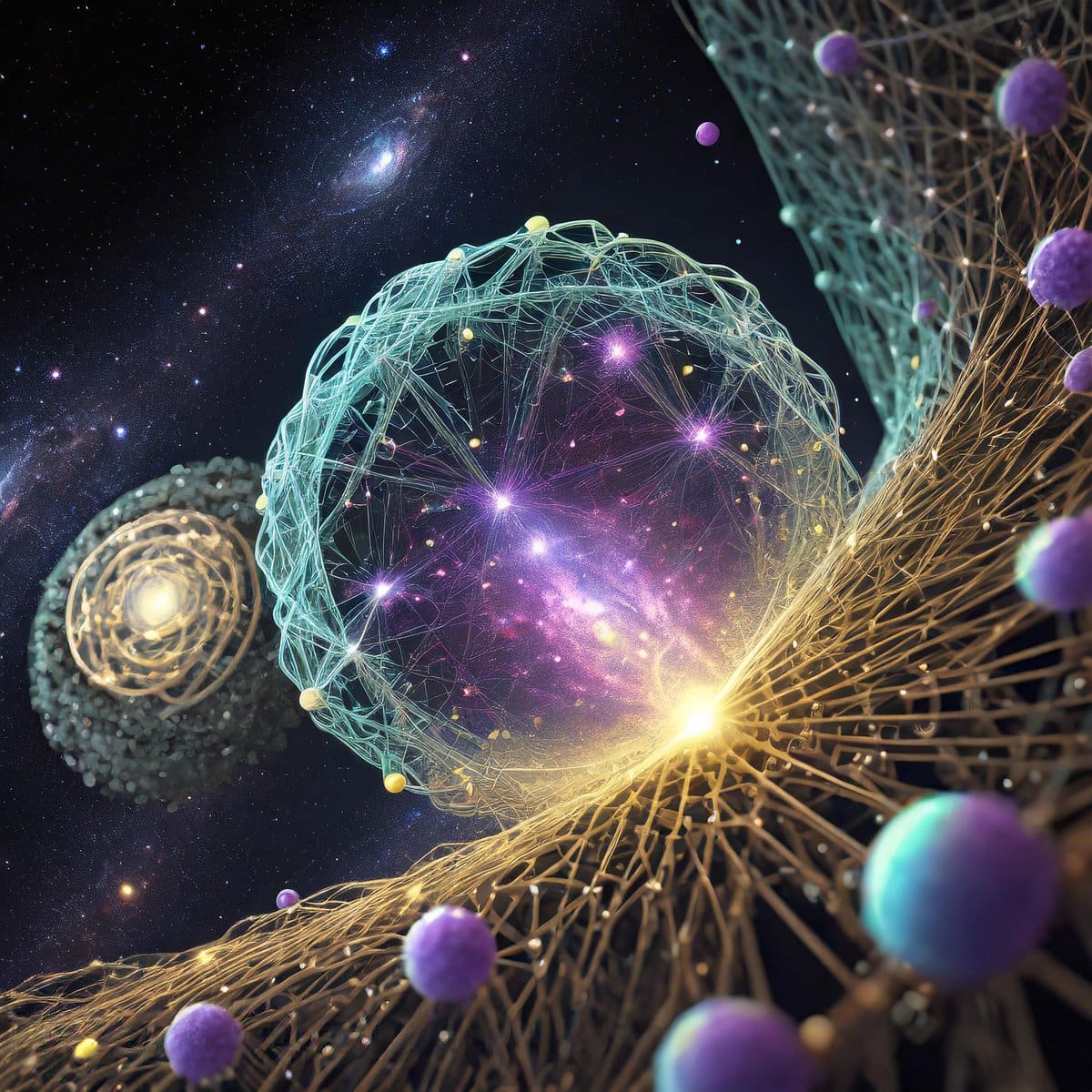When I wrote my book “Perspectives” in 2015, I hoped to explore how the world we live in might be viewed from the perspective of Earth’s place in the universe, the origins of life and our species, how our brain evolved and in turn was shaped by culture and the role of spirituality and religion in human life.
That’s a lot in one sentence and proved to be more than a handful to tackle.
This is week one of a five-part series on “Middle Land”: worlds beyond our senses.
The hurdles I faced to gain a larger understanding of where we fit in the world were often ones of scale.
As Michael Shermer so aptly expressed it: “One of the reasons human perceptions so often prove wrong is that we evolved in what evolutionary biologist Richard Dawkins’ once called Middle World – a land midway between short and long, small and large, slow and fast, young and old.”
Out of alliterative preference, Shermer preferred to call it Middle Land and went on to say, “In the Middle Land, of space our senses evolved for perceiving objects of middling size – say, between grains of sand and mountain ranges. But we are not equipped to perceive atoms and germs on one end of the scale, or galaxies and expanding universes, on the other end.”
He continued: “In the Middle Land of speed, we can detect objects moving at a walking or running pace, but the glacially slow movement of continents (and glaciers) and the bogglingly fast speed of light are literally impenetrable.
Our Middle Land time scales, he said, “range from the psychological ‘now’ of three seconds in duration to the few decades of a human lifetime, far too short to witness evolution, continental drift or long-term environmental changes.”
Middle Land numeracy, he added, “leads us to pay attention to and remember short-term trends, meaningful coincidences and personal anecdotes. The result is that we don’t see the stuff off the scales of our perceptions.”
He concluded as such: “For the every day, we focus on what we can see with our eyes, hear with our ears and feel with our touch. But much beyond the limits of our eyes, ears and touch, we’re literally ‘out of touch.’
“And,” he said, “making things worse, in the fourth dimension — time — we’re preoccupied with the present moment. Even the immediate past of minutes and hours ago, tends to fade quickly from awareness and memory — the more so as we age.”
Unlike other species, we have options.
We can expand our reach beyond what we see with our eyes, hear with our ears and touch what is at hand.
For example, by employing sophisticated radio-telescopes ganged together to form one large earth-based telescope (the Event Horizon telescope), the James Webb telescope and other telescopes on land and in space, it’s possible to look back in time to as early as one million years after the Big Bang — but not the earliest several hundred thousand years, for which there’s a catch.
The early universe was so hot that hydrogen and helium nuclei were too energetic to combine with electrons to form stable atoms.
The result was that for the first 385,000 years following the Big Bang, photons, including light, were unable to escape and present-day land telescopes are unable to see what happened in that earliest moment in the evolution of the universe — that is, perhaps, until the advent of gravitational wave detectors.
Building on Albert Einstein’s speculation that anything as large as the Big Bang might have created ripples – waves of expansion and contraction called gravitational waves – in space-time, scientists set out to build devices super-sensitive enough to pick up gravitational waves created, for example, by the collision of two black holes.
They succeeded in 2015, when very faint gravitational waves generated by the collision of two modest-sized black holes over two billion years ago were detected.
For this triumph in science and engineering, a Nobel Prize was justly awarded in 2017.
Hopefully, similar waves dating back to the Big Bang itself might be detectable in the future — with much more sensitive space-based detectors.
If successful, this could open the door to finding out just what happened in that violent inflationary expansion of the universe within the first trillionth of a trillionth of a trillionth of a second that immediately followed the Big Bang, and perhaps give us clues to what generated the Big Bang in the first place.
Next, we turn to the subatomic world of particles, forces and time.
Dr. William Brown is a professor of neurology at McMaster University and co-founder of the InfoHealth series at the Niagara-on-the-Lake Public Library.










